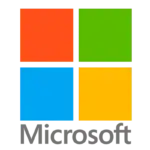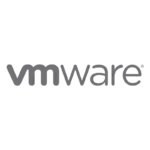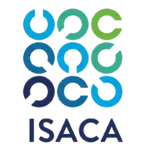A montage in film studies combines a series of short shots or clips into one sequence. The word “montage” comes from the French word “Monter” which means “to assemble.” Montages are often used to condense time, create a sense of rhythm or pace, or convey a specific message or emotion.
In the world of cinema, montage is a powerful storytelling technique that has been used for decades to convey information, evoke emotions, and compress time. By combining a series of short shots into a unified sequence, filmmakers can create impactful and memorable moments that drive the narrative forward. In this article, we will explore what a montage is in film studies, discuss the key elements of successful montages, and highlight some common montage film techniques.
What Is a Montage in film studies?

A montage in film studies refers to a sequence of shots edited together to create a coherent and meaningful narrative. It is a concise visual storytelling technique that condenses time, conveys information, or explores thematic connections. Montages are often used to show the passage of time, depict character development, highlight significant events, or convey complex ideas in a concise and visually engaging manner
clslearn offers you the best courses in the course of Video Editor & Colorist
6 Things Successful Montages Do
Convey Meaning: A successful montage effectively communicates a specific message or idea to the audience. Each shot within the montage should contribute to the overall narrative and serve a purpose in advancing the story or exploring a theme.
Create Emotional Impact: Montages have the power to evoke emotions in the audience. By carefully selecting and arranging shots, filmmakers can manipulate the viewer’s emotions, creating a powerful and memorable experience.
Establish Rhythm and Pacing: Montages rely on the careful arrangement of shots to establish a rhythm and pacing that suits the story being told. The timing and duration of each shot are crucial in creating a cohesive and engaging sequence.
Use Visual and Audio Elements: Montages utilize not only visual elements but also sound and music to enhance the storytelling. The combination of visuals and audio can create a more immersive and impactful experience for the audience.
Show Progression or Transformation: Montages are commonly used to depict character development or the progression of events. By showing a series of shots that illustrate change or growth, filmmakers can effectively convey the passage of time or the evolution of a character or situation.
Maintain Continuity: While montages involve the juxtaposition of multiple shots, it is important to maintain continuity and coherence within the sequence. Transitions between shots should be smooth and logical, ensuring that the montage flows seamlessly.
Common Montage Film Techniques
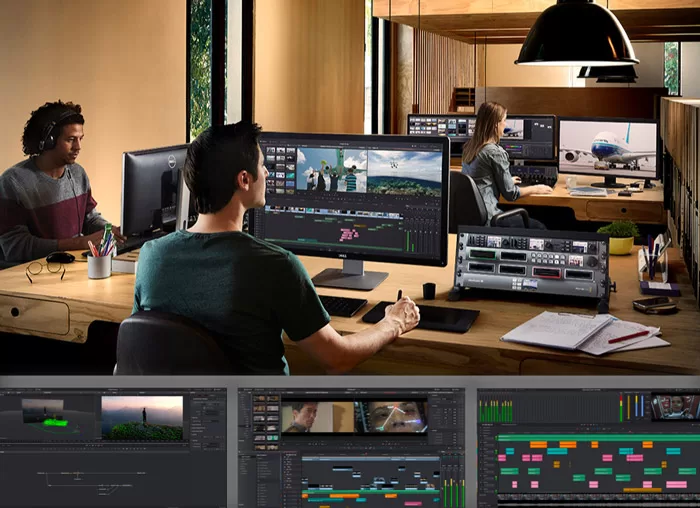
Parallel Montage: This technique involves cutting between two or more separate storylines or events happening simultaneously. It highlights the connections or contrasts between these different elements, creating tension or building suspense.
Conceptual Montage: Conceptual montages focus on conveying abstract or complex ideas or themes. Through the juxtaposition of unrelated shots, filmmakers can explore philosophical, social, or emotional concepts, challenging the audience’s perception and understanding.
Montage with Match Cuts: Match cuts are used to create seamless transitions between shots by linking similar visual elements or actions. This technique enhances continuity and can be used to show the passage of time or draw parallels between different scenes.
get to know about: TYPES OF CAMERA SHOTS YOU MUST KNOW
Montage with Crosscutting: Crosscutting, also known as parallel editing, involves alternating between two or more related actions or events in different locations. It builds tension and emphasizes the connection between these simultaneous events.
Shot/reverse shot: This technique is used to show the interaction between two characters. The first shot will show one character and the next shot will show the other character. This technique can be used to create a sense of dialogue or conversation, even if the characters are not speaking to each other.
Cutaway: This technique is used to cut away from the main action of the scene to show a different image or idea. Cutaways can be used to add humor, and suspense, or to provide information to the audience.
Dissolve: This technique is used to fade one shot into another. Dissolves can be used to create a sense of time passing or to transition between different scenes.
Fast motion: This technique is used to speed up the action of a scene. Fast motion can be used to create a sense of excitement or urgency.
Slow motion: This technique is used to slow down the action of a scene. Slow motion can be used to create a sense of beauty, suspense, or drama.
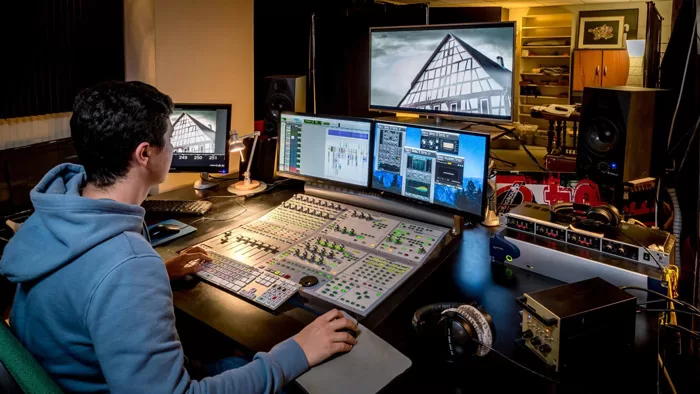
Montage is a versatile and powerful tool in the filmmaker’s toolbox, allowing them to condense time, convey information, and evoke emotions in a concise and visually engaging manner. By understanding the key elements of successful montages and exploring common montage film techniques, aspiring filmmakers can harness the potential of this technique to enhance their storytelling skills and captivate their audiences. Whether it’s depicting character development, showing the passage of time, or conveying abstract ideas, a well-crafted montage can elevate a film’s narrative and leave a lasting impression on viewers.
By understanding the basics of montages and the common techniques that are used, filmmakers can create montages that are both effective and memorable.









